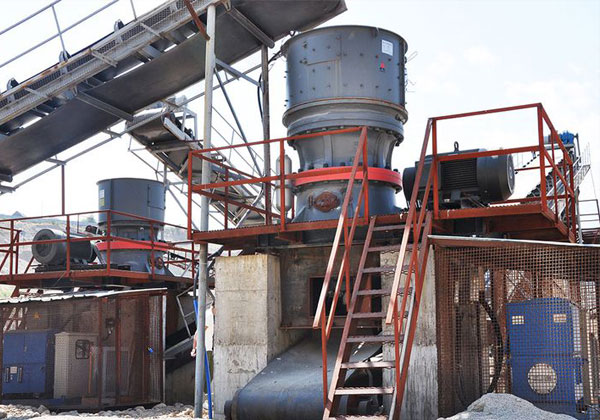Cone crusher operation in zambia
Zambia, one of Africa’s most mineral-rich nations, has seen rapid growth in the mining and quarrying sector. With copper, cobalt, gold, and other minerals playing a major role in the country’s economy, the demand for efficient, high-performance crushing equipment is increasing. Among the key equipment used in mineral processing is the cone crusher — a machine known for its ability to reduce large rocks into finer, uniform particles, particularly in secondary and tertiary crushing stages.

Understanding Cone Crusher Operation
A cone crusher works by using a rotating cone (mantle) inside a concave bowl. Material fed into the crusher is crushed between the mantle and concave, gradually reducing in size. The main operational stages include:
-
Feeding – Raw material is fed into the crusher chamber from a vibrating feeder or conveyor belt.
-
Crushing – As the mantle rotates eccentrically, it compresses the rock against the concave liner, breaking it into smaller pieces.
-
Discharge – Crushed material exits the bottom of the machine once it reaches the desired size.
Cone crushers are often used after jaw crushers to achieve finer output, especially for medium to hard rocks such as granite, basalt, copper ore, and quartzite.
Importance in the Zambian Mining Sector
Zambia’s mining operations, particularly in the Copperbelt and Northwestern provinces, require machines that can handle abrasive and hard ores. Cone crushers offer:
-
High crushing efficiency
-
Low operating cost
-
Robust construction suitable for harsh conditions
-
Uniform product size for downstream processes
In copper mining, for example, cone crushers play a key role in reducing ore for easier milling, ultimately improving metal recovery and plant throughput.
Key Operational Principles
To ensure optimal performance, cone crushers must be operated with attention to several technical aspects:
-
Proper Feed Size: Oversized materials can cause blockages or wear on internal parts. Feed material should match the design capacity of the crusher.
-
Consistent Feed Rate: Fluctuating feed rates cause uneven crushing and affect product quality.
-
Choke Feeding: Operating the crusher with a full chamber helps maintain particle shape and minimizes liner wear.
-
Regular Maintenance: Components such as the mantle and concave must be regularly inspected and replaced to maintain crushing efficiency.
-
Lubrication System Checks: Lubricant levels and cleanliness are vital to prevent bearing failure and overheating.
The operation of cone crushers in Zambia has become integral to the success of mining and aggregate industries. With the right configuration, routine maintenance, and skilled operation, cone crushers contribute to higher productivity, improved ore processing, and lower operating costs. As Zambia continues to expand its mining sector, the demand for advanced and efficient cone crushing technology is expected to grow steadily.
